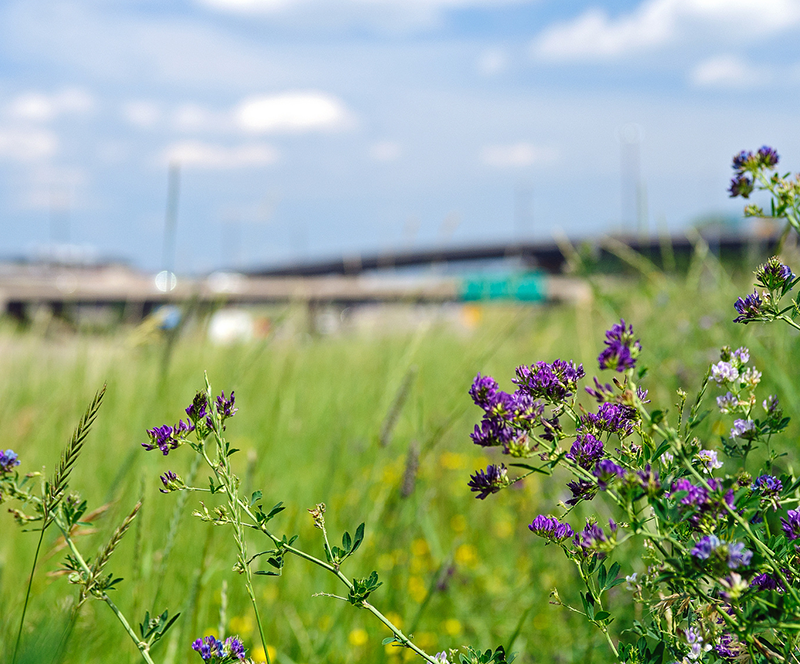As we gathered with our families and friends this Thanksgiving, we were reminded of the farmers and ranchers that make this meal possible each year. We are thankful for the harvest they provide, as well as the vital role they play in protecting and enhancing our ecosystems. How can we better support our working lands, and their stewards, in carrying out conservation?
The Farm Bill holds great potential to stimulate critical conservation efforts on farms, ranches, and forest lands. With approximately $26 billion from the 2014 farm bill allocated to conservation programs; maintaining this funding pool – and having the ability to deploy it effectively – is essential.
In recent years, new and innovative approaches to conservation have opened the door to leveraging private capital and incentivizing more efficient spending on conservation activities. In particular, pay for performance contracting approaches, which link payment to the delivery of verified conservation outcomes, have gained broad use in other sectors. Currently, some of our work focuses on increasing adoption of pay for performance on working lands in the west through a Natural Resources Conservation Service (NRCS) Conservation Innovation Grant.
However, our recent experience striving to implement pay for performance using NRCS Regional Conservation Partnership Program (RCPP) funding in Nevada and Colorado has illuminated constraints, and potential opportunities, of how farm bill funds are used in NRCS programs. By learning from the challenges of current legislation, the 2018 Farm Bill could significantly increase the effectiveness of tax dollars invested in conservation by leveraging pay for performance strategies and allowing for flexible collaboration with state, local, and private partners.
Recommendations to harness the environmental benefit of pay for performance
- Allow NRCS to invest Farm Bill funds using pay for performance procurement and contract mechanisms. Using performance-based funding approaches, including environmental markets, will transition NRCS into a conservation buyer and allow them to pay for environmental outcomes rather than reimburse the costs of pre-defined actions. While this is not a minor policy shift, it will provide an opportunity to increase the environmental return on Farm Bill funding, leverage private capital, reduce taxpayer risk, and better communicate the impact of this important funding.
- Allow non-federal partners to more flexibly invest Farm Bill funds. Allowing non-federal partners to directly invest Farm Bill funds will accelerate and simplify their use, increasing engagement in these programs and channeling a greater portion of federal – along with matching funds – to on the ground improvements. This will enable the use of innovative procurement techniques that are more cost-effective and better fit specific local contexts, increasing the environmental return on Farm Bill funding and improving contributions to regional objectives.
- Require outcome-based reporting for any pay for performance Farm Bill investment. Publicly reporting on key implementation milestones and verified outcomes will ensure projects are producing their intended results, and build trust amongst stakeholders including taxpayers. Further, outcome-based reporting enables comparison across project types, funding strategies, and regions; providing the opportunity for NRCS and partners to improve by understanding what is working and what can be improved.
Inspired by Environmental Incentives’ overarching goal to increase the environmental return on investment of taxpayer funds, we have drafted recommendations which we hope will inform the 2018 Farm Bill. See this memo for a description of these recommendations, and specific Farm Bill adjustments needed to leverage pay for performance procurement strategies.



